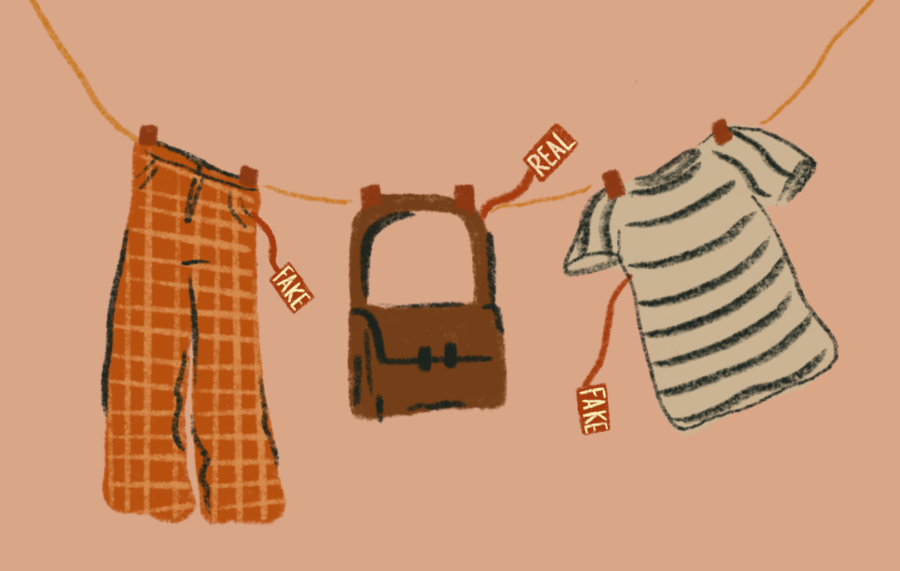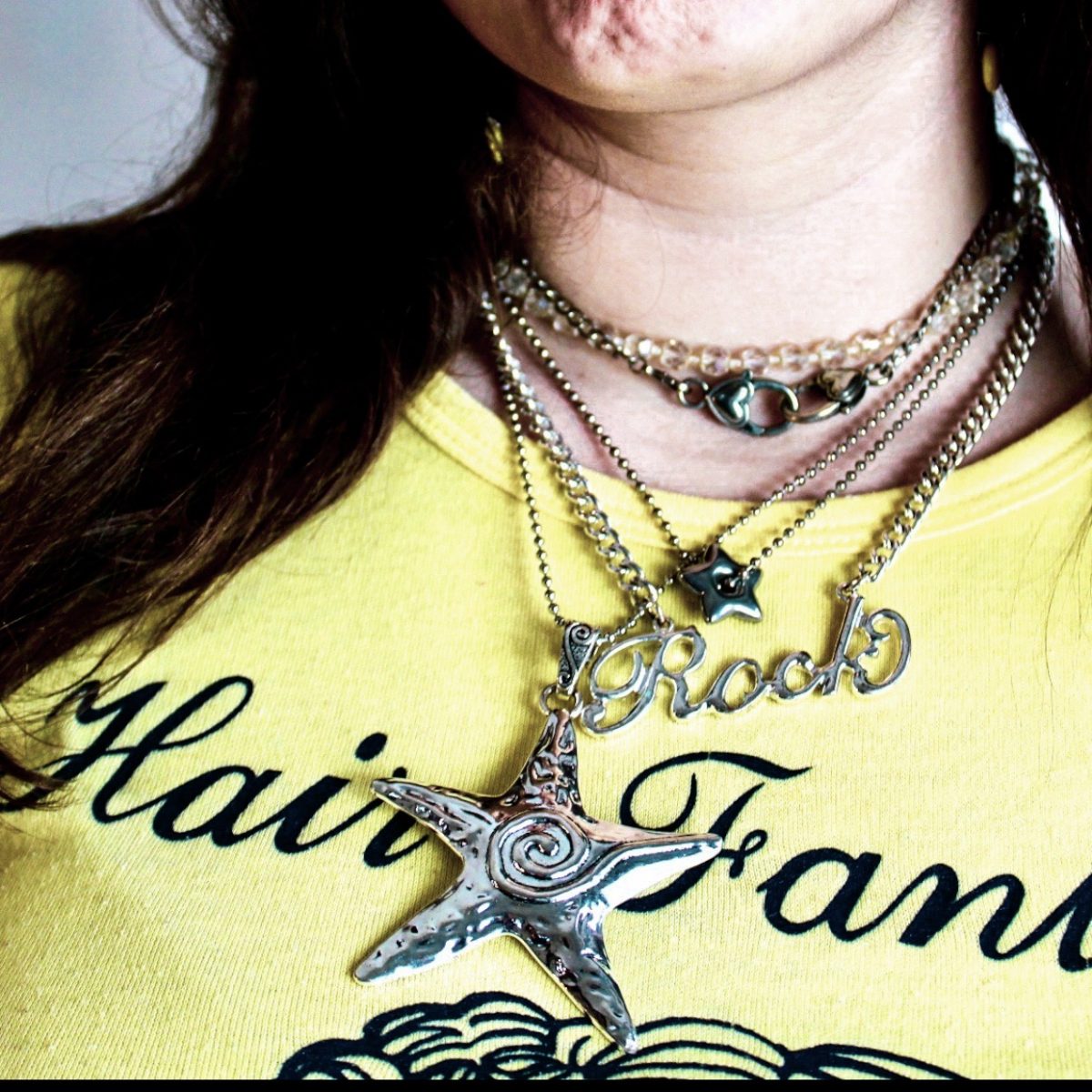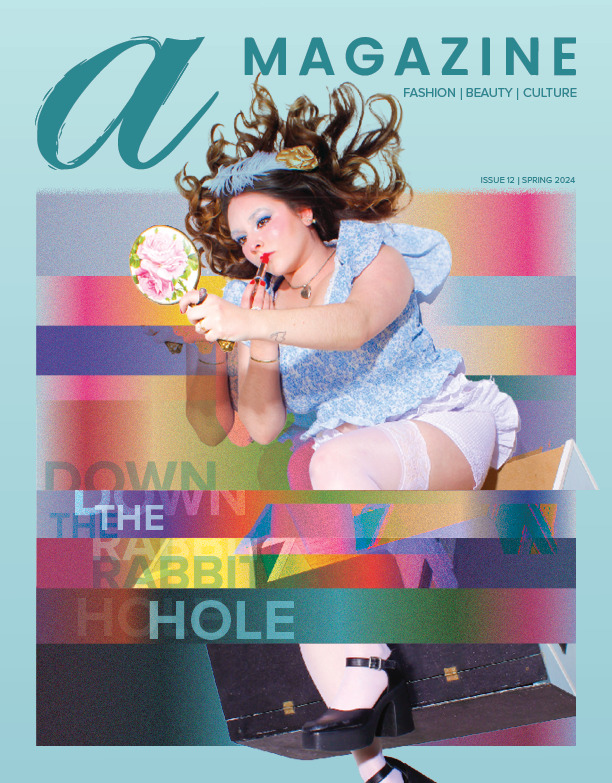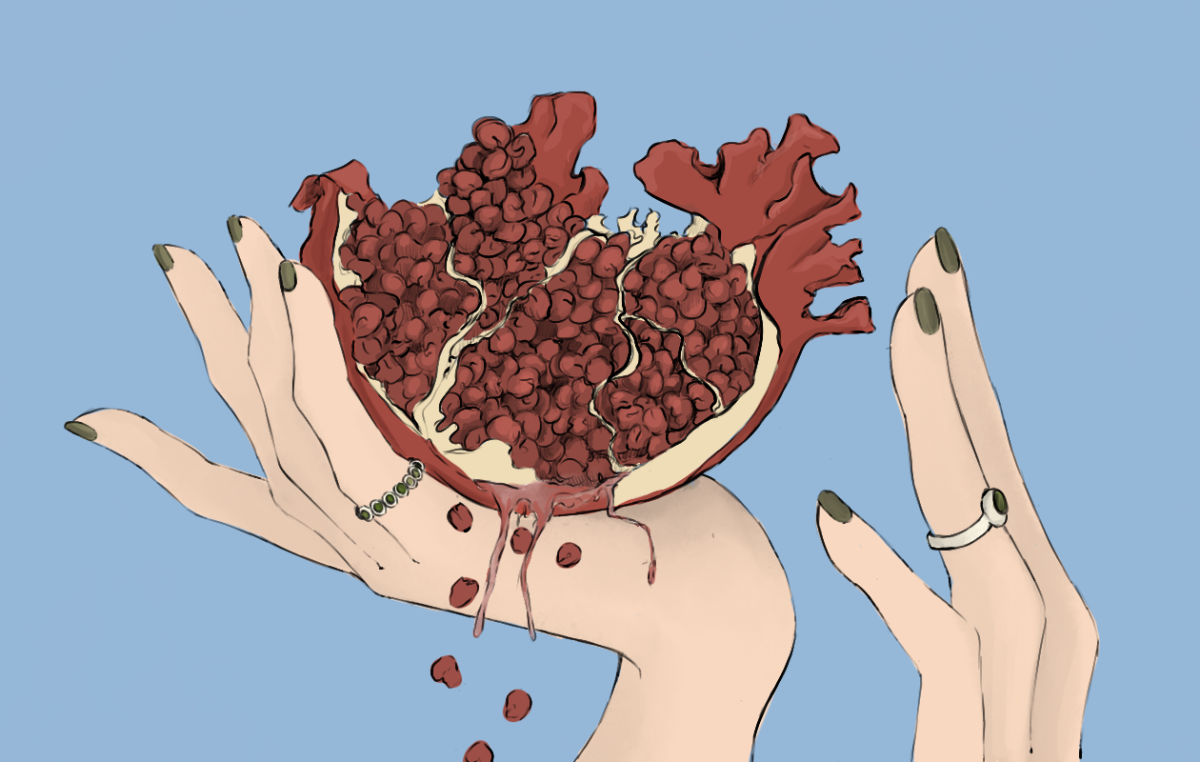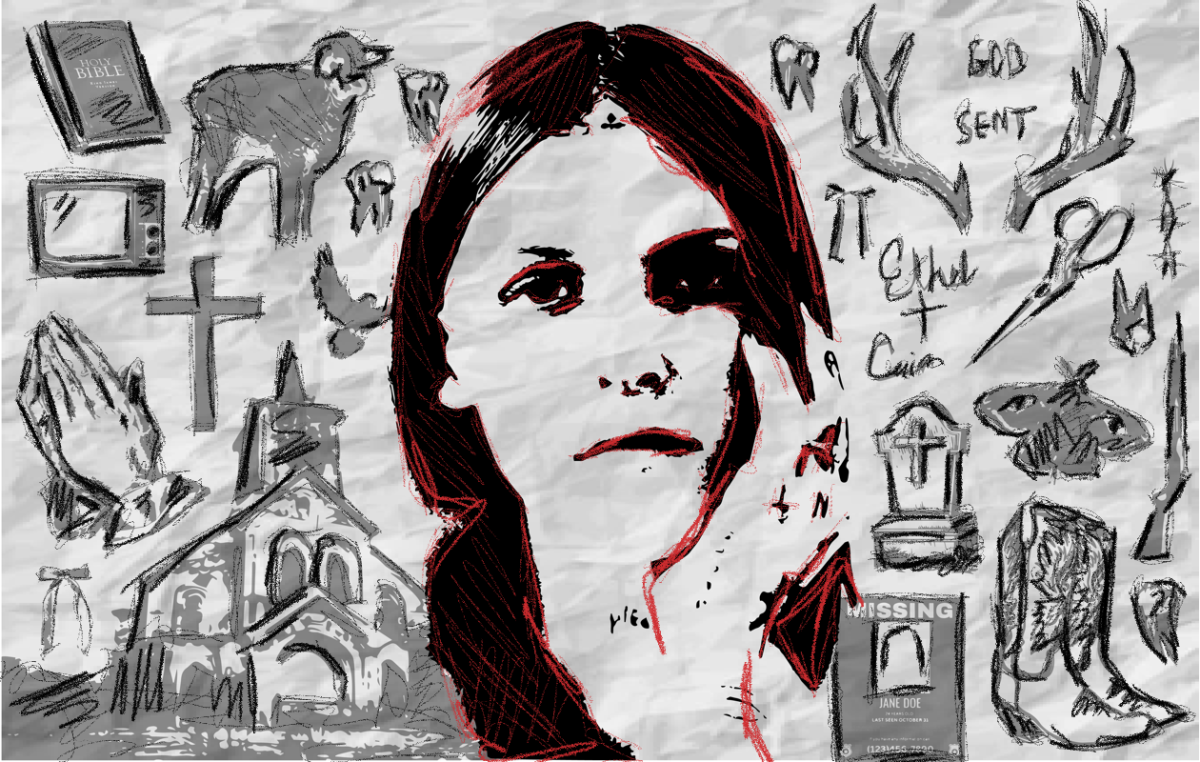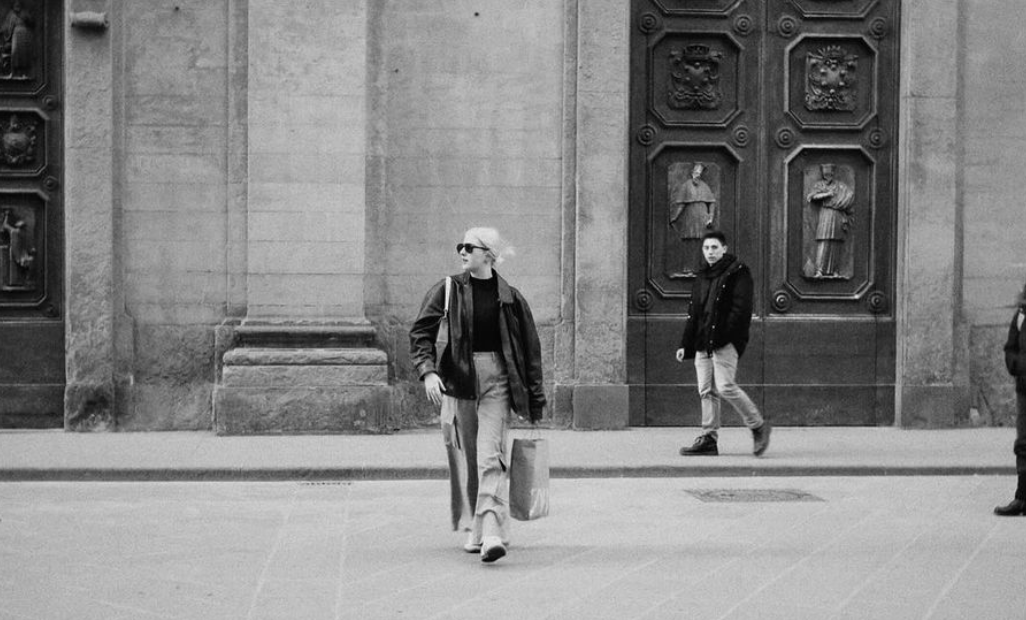As long as clothing has existed, so have counterfeits. The fashion industry, like any other creative field, is no stranger to design theft. Knockoffs can be found on street corners and popular websites alike, legal for shoppers to purchase.
According to a report by The Organization for Economic Cooperation and Development, imported fake goods worldwide were valued at $509 billion in 2016. This accounted for 2.5% of world trade, making it one of the most profitable industries in the world. What makes the business of knockoffs so popular?
Intellectual Property Rights
Despite common belief, intellectual property rights do not serve to protect fashion as much as other creative works. Copyright laws, for the most part, do not include fashion because apparel is classified as functional, not artistic. Patents are difficult to obtain and often only protect one functional part of a design, making it almost impossible to prosecute those who steal the design.
Trademarks, however, help designers because they defend the namesake of an item through the logo. For example, if a counterfeit bag uses the iconic “LV” logo, then Louis Vuitton has grounds to go after them legally. This is the most beneficial weapon for big-name designers because the recognition of their name is one of the most valuable aspects of their products. Logos are not only invaluable to the designers, but to those who wear the piece. This is one of the most popular reasons shoppers purchase knockoffs.
Consumerist Culture
While it is illegal to produce a counterfeit item, there is no legal punishment for those who purchase them. This being said, the consumers that seek out knockoffs are the number one reason that this industry thrives. The biggest reason that customers buy knockoffs? Our society’s affinity for logos and expensive products.
In a culture that places all of its value on production and consumption, the most expensive items in any industry are a signifier of wealth and abundance. This means that designer fashion is a signifier of social status and disposable income, making it desirable to anyone living under capitalism. This means that those who cannot afford designer items will instead turn to knock offs to fulfill this need.
Social Media
While counterfeits have existed since the Roman Empire, reports show that the industry is growing every year. One of the biggest reasons for this economic boom is the presence of social media in consumers’ lives.
Instagram has allowed individuals to broadcast both their lives and their possessions to the world. Our feeds are flooded with wealthy celebrities toting designer bags and influencers promoting expensive clothes. This impacts an average user’s sense of self-worth and feeds into the consumerist routine people have been taught.
Small Businesses
The most vulnerable link in the counterfeit chain is independent businesses. These shops are the most susceptible to design theft because they are less known than the big companies who copy them. Fast fashion brands like Zara and Fashion Nova are well known for selling the designs of small businesses as their own. The independent designers are usually forced to either spend all of their income on a lawsuit against the brand, or do nothing.
Thankfully, social media is also a useful tool for designers. Utilizing Twitter and Instagram can spark a boycott of these brands until they finally stop selling the stolen design. As conversations about sustainability and ethicality continue to take place across the Internet, consumers can help reject and prevent fast fashion copycats. This will become necessary as the knockoff market continues to grow and adapt to our culture today.
Support Student Media
Hi, I’m Maria McGinnis, a senior journalism student from Stow, Ohio. I’m also the editor in chief of A Magazine. My staff and I are committed to bringing you the most important and entertaining news from the realms of fashion, beauty and culture. We are full-time students and hard-working journalists. While we get support from the student media fee and earned revenue such as advertising, both of those continue to decline. Your generous gift of any amount will help enhance our student experience as we grow into working professionals. Please go here to donate to A Magazine.

